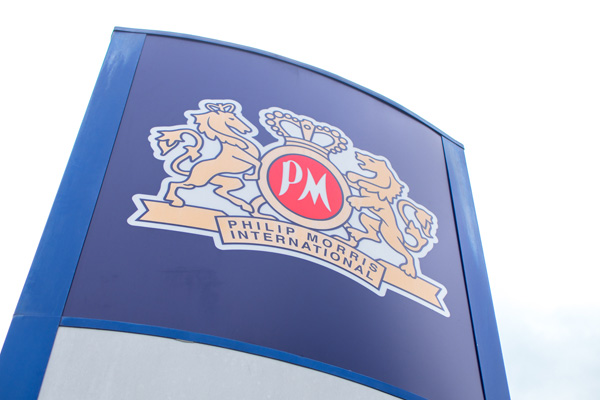The company suffered an 86 percent drop in revenue after last year’s federal tax hike. Read More
Tags :Philip Morris
The case could take years to work its way through the courts, according to attorneys.Read More
The campaign included activities to collect waste and educate people on disposal. Read More
Kaival Brands announced that PMI achieved a record level of monthly sales in July for its Bidi products marketed by PMI.Read More
Kaival expects to earn approximately $300,000 in additional royalties this year.Read More
The dispute centers on the interpretation of a phrase in the state law.Read More
Philip Morris refunded the money after deciding not to carry out the work. Read More
The increase is attributed to the rise in U.S. dollar price against the Egyptian pound. Read More








